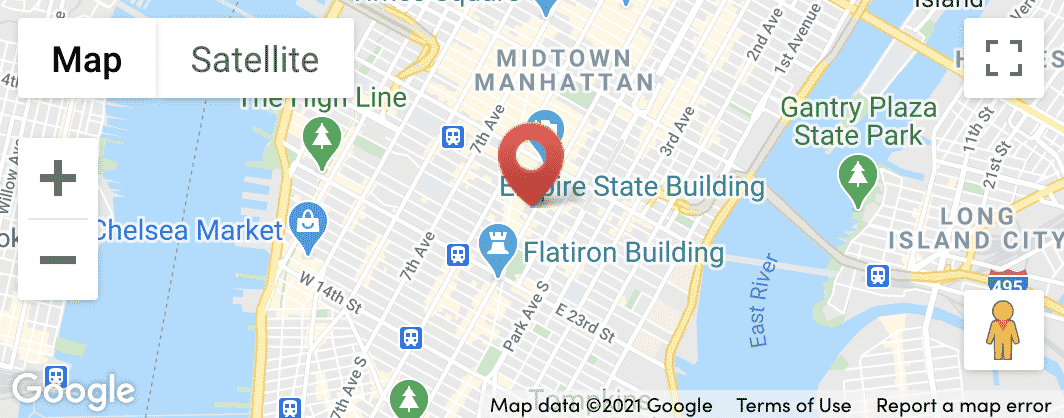How can breathwork help your anxiety?
Are you finding yourself replaying experience and conversations over and over again in your mind? Do you have trouble letting things go? You might feel stuck analyzing and trying to control what can’t be controlled?
You might think being in our mind can “fix”or provide you with the solution. When truly being stuck in your mind can make your anxiety worse. If you want to learn to trust yourself, improve your anxiety, and feel a deeper connection to yourself, breathwork is a great place to start.
What is breathwork?

Breathwork can help you make sense of what feels jumbled in your mind. Breathwork is often used in Somatic Therapy, because it can invite you into your body with a sense of gentleness and compassion.
The practice of connecting with your breath takes us into a rhythmic breath that stimulates your vagus nerve. This tells your body it’s time to relax and de-stress. The vagus nerve helps regulate your breathing and heart rate.
Giving your body the opportunity to experience ease, presence, and safety. There are many forms of breathwork that can help with your anxiety and alter your consciousness.
If you want to learn to trust yourself, improve your anxiety, and feel a deeper connection to yourself, breathwork is a great place to start
4 Types of Breathing That Can Help Anxiety
1. Box breathing is where you exhale for a count of four, hold your lungs empty for a count of four, breath in for a count of four, and then exhale for a count of four. Repeating this pattern, you can maintain this sequence for a couple minutes to gain comfort with the rhythm.
2. Belly breathing, also known as diaphragmatic breathing is when you send air into your stomach causing it to balloon out. A way to practice this is to lay on your back and place your hand on your stomach so you can feel your stomach expanding as you send breath into your abdomen with your other hand on your chest. Your hand on your stomach will rise and fall as you inhale and exhale the air from your stomach. Repeat this breath for a few minutes.
3. Pursed lip breathing is a simple way to slow down your breathing and make it more intentional. Sitting in a comfortable position you will inhale through your nose for two slow counts and exhale out your mouth for four seconds, pursing your lips together as you exhale.
Stimulating the vagus nerve through breathwork tells your body it’s time to relax and de-stress.
4. Holotropic breathing is a form of breathwork that can be done with a facilitator or practiced on your own. You lay down or sit in a comfortable position. This is a three part breath, all through the mouth. With your first breath – the active breath – you’ll be breathing into your stomach – ballooning out your belly, the second breath into the chest (the heart space) and the third breath out through the mouth.
Repeat this pattern of breath, taking your time to get familiar with how it feels. Continue for a couple minutes and when you’re ready, open your eyes and reflect on how you felt. For instance, what feelings or thoughts came up during that time?
How can breathwork help ease anxiety?
Breathwork allows the subconscious mind to come forward so healing can take place. The holotropic breath is a quickening of the breath and involves breathing in a specific pattern.
The holotropic breath takes us out of the everyday pattern of breath and introduces a new pattern to us. Research shows that this can improve feelings of clarity, self-awareness, and proves a relief from stress, anxiety, and boosts the immune system.
Breathwork is a great way to release emotional pressure within your body. To connect you with your body and to help you move through the emotions you are feeling.
The breath is movement, and energy. Our emotions and feelings are energy that need to move through us. The breath allows for that movement.
Changing your everyday pattern of breath allows you to connect with your body and shift the energy of your emotions.
You practice in moments of sadness, frustration, anger, depression, low energy, when you are looking for deeper exploration and expansion of yourself, or when you need an energy shift.
This can deepen your connection with yourself and your body, all while teaching your body how to regulate itself and feel your emotions in a safe way.

Breathwork allows the subconscious mind to come forward so healing can take place.
How can I practice breathwork to manage MY anxiety?
Breathwork can be added into your morning routine and practiced throughout the day. When we first wake up our brain is in what’s called the alpha state. This is when your subconscious mind is readily available to you. This is a great opportunity to practice any form of breathwork.
Getting Started with Breathwork
While breathwork may look different from person to person, here are some helpful tips to start and evolve your own breathwork practice.
- Be patient with yourself, exercise the practice of breathwork with gentle curiosity, non-judgement, and compassion.
- Practice when you aren’t feeling anxious so when you are it’ll feel more natural to implement the exercise.
- Where is my mind going? Check in with your thoughts while you are in the active breath. Simply noticing the thoughts, without trying to judge, change or force.
- How am I feeling at this moment? Check in with the content of your thoughts as well as your physical sensations in your body. Is something distressing me, do I feel tension, or tightness somewhere in my body as a result?
- What thoughts or feelings are no longer serving me? Imagine a certain color with the negative thoughts or emotions that you’d like to release and visualize this as you exhale.

By breathing in these new ways, you’re communicating to your brain that it’s safe to relax.
Additional Benefits of Breathwork
Some benefits you’ll see is a greater ability to manage your anxiety. When you’re anxious or stressed your breathing is disrupted. By being able to support your breath, you’re helping to regulate your nervous system.
Breathwork can cause physiological changes such as lower blood pressure and heart rate. You may experience lower levels of stress hormones in the blood, and increased feelings of contentment and joy. By breathing in these new ways, you’re communicating to your brain that it’s safe to relax.
Clients often share that they’re able to release fear and anxiety through breathwork. Additionally, they feel more centered, grounded, and present in their day-to-day experiences. It’s a joy to witness my clients gain purpose and clarity and make changes to live life to its fullest.
You may also notice a subtle shift in your relationships. You’ll begin to feel a deeper connection to yourself and others. You too, can cultivate a sense of peace and silent strength through breathwork. My wish is that this precious tool can carry you through life’s ups and downs, just as it has for me.
Your Turn: Did this topic resonate with you? Share your experience of breathwork below, or book a complimentary consultation with Melanie to explore the life-changing effects of breathwork for managing anxiety.





